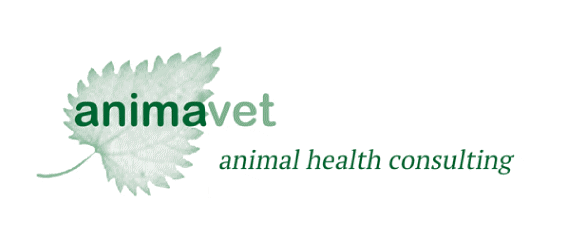
Christine King BVSc, MANZCVS (equine), MVetClinStud
Hendra: why not just go ahead and vaccinate?
Risks
The 'vector' (flying foxes)
Another important component of individual susceptibility and response is 'dose': the greater the exposure (i.e., the more live virus particles encountered), the greater the risk of illness and death.
- Controlled exposure using small doses of the disease-causing agent (or a key component of it) in order to elicit a protective immune response is the definition of vaccination.
Regardless of which virus we're discussing, an unvaccinated horse will not necessarily become ill when exposed to a small quantity of virus; and a fully vaccinated horse could be overwhelmed by a large enough quantity of virus. Dose matters.
These variables are not considered in most discussions about vaccination, which is not the black-or-white, protected-or-not issue it’s generally made out to be. Individual susceptibility to the virus, and individual response to vaccination, are highly variable with all of the infectious diseases studied thus far, and from the limited data available to us, it appears to be the case with HeV infection and vaccination as well.
Another thing we don't know about HeV is the infective dose in horses (the number of virus particles it takes to cause infection). In the vaccine challenge study, the horses were given an infective dose of 2 million units of virus isolated from the 2008 HeV outbreak in Redlands. Experimentally, that dose has consistently caused illness in unvaccinated horses – but do lower doses invariably cause illness?
The authors of that study noted that the infective dose they used was much higher than those found in flying fox secretions/excretions:
- "In assessing the field significance of this observation, the following must be noted: the experimental horses were exposed to considerably higher levels of HeV than have been recovered from flying foxes..."
It's good to know that the HeV vaccine was protective in the face of such massive challenge. However, that study doesn't help us understand the risks posed by natural exposure and infection in horses, when the levels of HeV to which a horse is exposed may be relatively low.
There's a lot we don't yet know about the circumstances under which HeV 'spills over' (as the epidemiologists say) from its natural hosts — flying foxes — to horses. These 'spillover' events have occurred when the prevalence and shedding of HeV increase in the flying fox population feeding or roosting in that area.
Normally, flying foxes are quite resistant to HeV and infected bats shed only small amounts of virus in their secretions (saliva, nasal discharge) and excretions (urine, manure). That can change when the bats, particularly the youngsters, are under nutritional stress.
- Birthing fluids have been implicated in spillover events, but a recent survey of almost 2,000 flying foxes in a large roost in Boonah, Queensland showed that juvenile bats (not fully mature) are most likely to carry and transmit HeV:
- "The findings support immunologically naive sub-adult P. alecto [black flying fox] playing an important role in maintaining HeV infection at a population level. Contrary to previous studies, we found no association between HeV infection and pregnancy or lactation, and therefore no support for reproductive stress as a driver for infection or recrudescing [resurgent] infection associated with pregnancy. ...
- "Finally, we identify an association between BCS [body condition score] and infection that plausibly could support a role for immune system competence in HeV infection in flying-foxes."
So, in terms of risk to horses, spillover events (HeV outbreaks in horses) are most likely to occur when flying foxes are nutritionally stressed. The likelihood and timing of such events in any given location will change from year to year with specific weather, season, and climatic patterns that affect food availability for the bats.
As the virus doesn't survive for long in the environment, keeping the horse's feeding area (feed tub and hay) separate from trees frequented by flying foxes is a simple and inexpensive precaution most horse owners can take to reduce the horse's risk of HeV exposure.
Read on...
Risks
- the virus
- the 'vector' (flying foxes)
- the vaccine
- vaccination status
Benefits
© Christine M. King, 2020. All rights reserved. Last updated 20 August 2020.